Everywhere you look, it’s pretty obvious to see that CBD, or cannabidiol, is having its moment right now.
What started off as a brief five minutes of fame exploded into a new industry practically overnight once the federal guidelines for cultivating CBD from hemp changed. Now, there’s a sea of new brands filling the newfound space with products ranging from CBD topical lotions to CBD gummies, candies, oils, and more.
For new users, the plethora of CBD options can seem daunting and overwhelming. How can you simply choose one product when you don’t even know what CBD feels like?
Don’t worry, we’ve got you covered. Since CBD works directly with your own body’s receptor systems and we’re all built uniquely, CBD may affect you more than your friends or family. How CBD makes you feel really depends on a number of factors that we’ll be digging into below. But let’s start with what CBD is.
Also, be sure to check out our list of the overall Best CBD Oil.
What Is CBD?
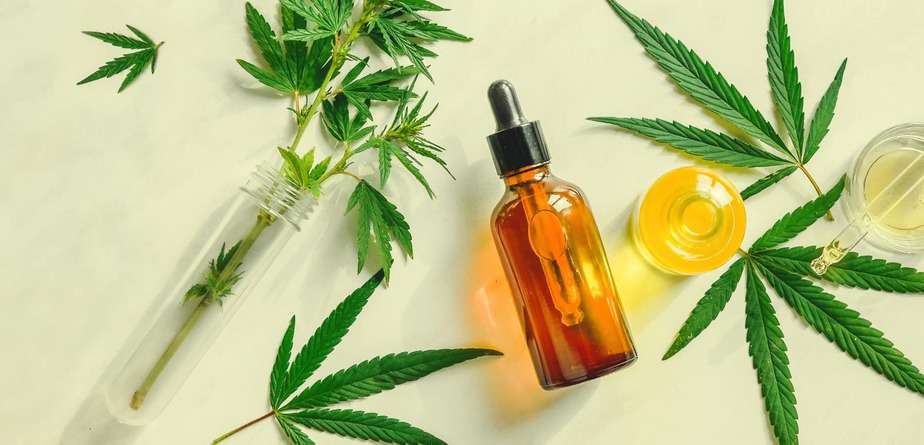
CBD is a phytochemical derived from the Cannabis sativa plant. The Cannabis sativa plant is currently categorized into two groups in the U.S. defined by the levels of THC found in the plant. If the plant has more than 0.3% THC, it’s called hemp and is considered federally legal under the 2018 Farm Bill.
If the content of THC is greater than 0.3% then the plant is deemed marijuana and the legality drops down to the state level. In some states where marijuana is legal, you can purchase CBD products that are derived from marijuana. However, most CBD products, especially those sold online, are hemp-derived and contain less than 0.3% THC.
Users of CBD products have claimed that CBD reduces their anxiety, depression, nausea, pain, and sleep issues. Clinical, long-term research to support these claims is slim but evidence is building up slowly.
That is why most companies tend to veer on the safe side when touting the benefits of CBD so as not to get in trouble with the FDA. Technically, only Epidiolex, a CBD drug for childhood epilepsy, has been approved by the FDA for the treatment of a specific condition.
Over the last few years, the mechanisms behind how CBD is able to provide such widespread benefits have become clearer. First, CBD binds to receptors in your body’s endocannabinoid system (ECS), which extends from your brain to the central nervous system and your immune system. Second, CBD is also capable of binding to receptors outside the ECS, such as the 5-HT1A serotonergic receptors that are known to play a role in anxiety and stress.
CBD vs. THC
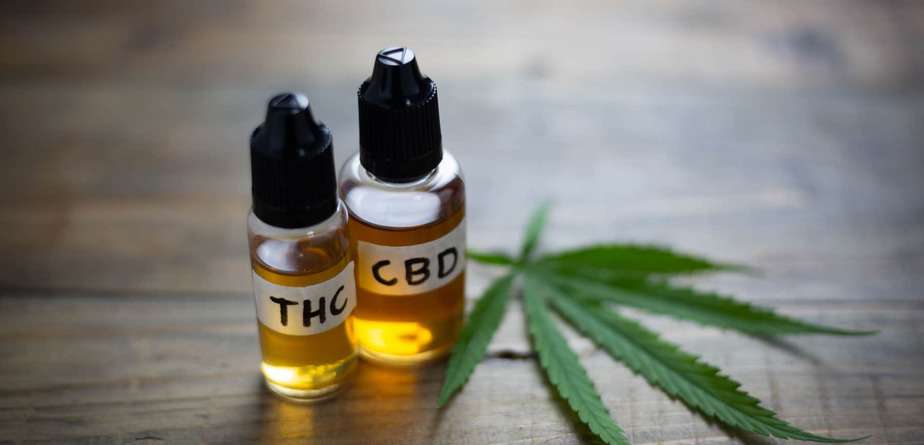
The main difference between CBD and THC (Tetrahydrocannabinol) is that THC produces psychoactive and euphoric effects while CBD doesn’t. The “high” feeling most people attribute to consuming THC products is a result of THC’s binding mechanism.
THC binds primarily to CB1 receptors in the ECS located in the brain—in particular, the basal ganglia, limbic system, hippocampus, and cerebellum. These areas of the brain are known to be involved in our pain perception, motor movements, memory, and cognition. This is why THC has such a strong psychotropic effect and why it’s still federally illegal.
The available research on CBD and THC shows that while THC and CBD may bind to similar receptors, they do so via different mechanisms and hence, have very different results. When taking CBD and THC together, CBD has shown a potential to reduce the psychotropic effects of THC, including the onset of anxiety that some users feel.
Will CBD Make Me Feel High?

As mentioned above, CBD does not have the same mechanism of action that THC has and will not make you feel high on its own. CBD can make you feel extremely relaxed, depending on what dosage and delivery method you use. CBD, like alcohol, for example, is a biphasic compound. A biphasic compound has a certain effect at lower doses and different effects at higher doses.
Alcohol is a stimulant at lower doses and a depressant at higher doses. Similarly, CBD has certain effects at a lower dose, such as anxiety relief and increased focus, and certain effects at a higher dose, such as deep relaxation and pain relief. The way in which you consume CBD and the concentration you take will play a big role in the types of effects you may feel.
The only way you could potentially feel high from taking CBD is if you consume a product that also contains THC. Depending on your body’s unique constitution, you may be able to feel the effects of THC even at low levels. Topical CBD products that may contain traces of THC will rarely get you high as they work primarily to target the receptors under your skin. Only a transdermal patch, which is designed to get chemicals through your blood-brain barrier, may cause you to get high. But even then, it’s a stretch.
Can I Take Too Much CBD?
You can always technically take too much of anything. Too much cake, too much soda, or too many drugs can be dangerous for your health. Too many apples, too much walking, and too many glasses of water can also create certain issues, but these are usually much milder than the previous examples. CBD fits in more with the latter examples and has been deemed a non-toxic substance by the World Health Organization (WHO).
Taking too much CBD may make you extremely drowsy and give you a dry mouth, but it won’t put you in the ER. The WHO reported in a 2018 review of CBD that, based on current evidence, CBD has low abuse potential and dependency.
Possible adverse effects may actually turn out to be a result of drug interactions, as CBD interferes with how your liver processes the drug. Prior to taking CBD products with any other medication, talk to your doctor because CBD can alter the effects of your medicine and cause more harm than good.
Types of CBD Delivery Methods
The effects of CBD depend heavily on how you administer the CBD. Below we will cover some of the most common ways to take CBD and how they can alter your CBD experience.
Inhalation
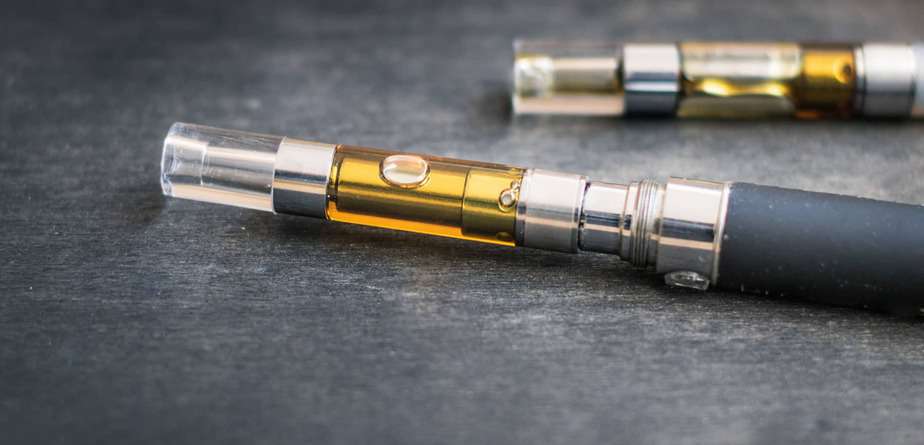
The fastest delivery method of CBD has to be inhalation, as it is the most direct method of getting CBD into the bloodstream. Typically the onset of effects will begin within a few minutes, making it ideal if you need immediate relief from issues such as pain or anxiety.
You can purchase CBD oil in concentrate form to vaporize, or buy CBD flower. While you can smoke CBD flower as well, the risks that come with smoking are greater than those associated with vaping, so this method is less appropriate for all users.
The effects of inhaling CBD may also dissipate faster so you may need to dose throughout the day to get a long-term effect. Vaping is also not the most discreet method, so if you’re interested in trying CBD while at work, you may opt for another delivery method.
Sublingual Application
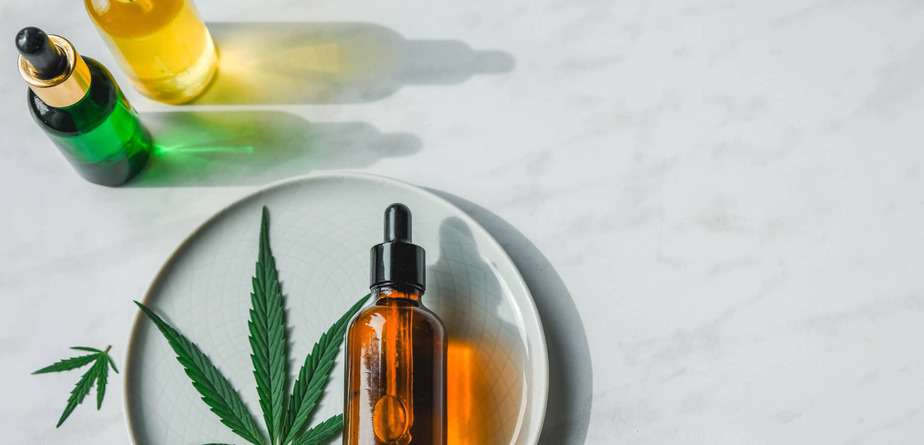
Sublingual products are designed to increase CBD’s bioavailability and improve the chances of absorption. Not every CBD oil is formulated to be a sublingual tincture so you will need to read the fine print of any product that you purchase to double-check.
Sublingual tinctures and CBD strips are formulated to be placed under the tongue for a minute or so where there is a high density of capillaries that lead directly to the bloodstream. This makes sublingual products both discreet and highly effective. Because you still end up processing some of the CBD via the digestive system, the rate of absorption is slower and this makes the effects last longer than with vaping.
Edibles and Oils
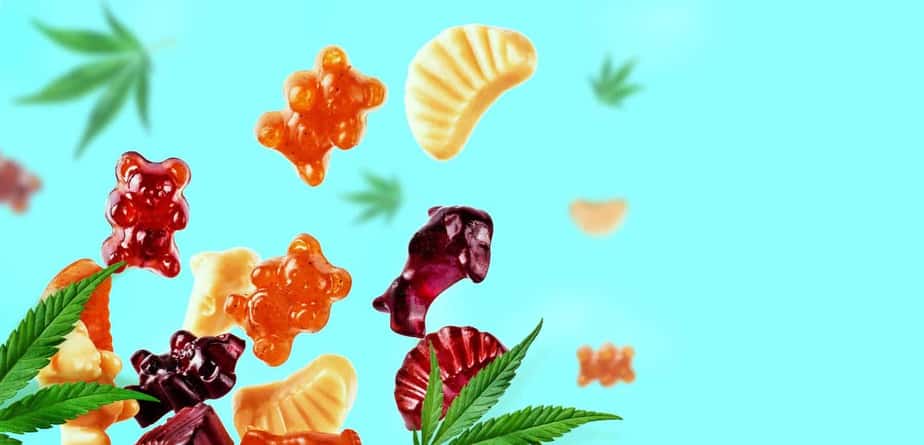
Edibles include gummies, chocolates, powders, capsules, soft gels, and oils. One of the major aspects of edibles is that they taste good. Whether you are munching on a cookie or gummy candy, no one will suspect you are taking CBD, which makes this type of product extremely discreet and great for taking in public settings.
The cons of taking an edible, however, lie in the low rate of CBD absorption that occurs through this delivery method. According to Dr. J. H. Atkinson, MD, the co-director of the Center for Medicinal Cannabis Research at the University of California, San Diego, you only absorb 5% of the CBD in your food or oral products. So if you eat a gummy that is 100mg, you will only absorb 5mg of CBD.
Edibles may not be a great option for you if you need a high dose of CBD because it is unlikely that you will absorb as much as the packaging states. An example of a product that stands out on its own in this category is the CBD soft gels produced by Joy Organics. They are the only soft gels on the market that, due to their unique nanoemulsion formulation, have a 200% higher bioavailability than most CBD oil-based products.
Edibles and CBD oils also vary in their time of onset when compared to the delivery methods mentioned thus far because they must go through the digestive system first before entering the bloodstream. Onsets are usually between 30 minutes to an hour with effects lasting for hours, which makes edibles a great option for long-term supplementation.
Topicals and Transdermals
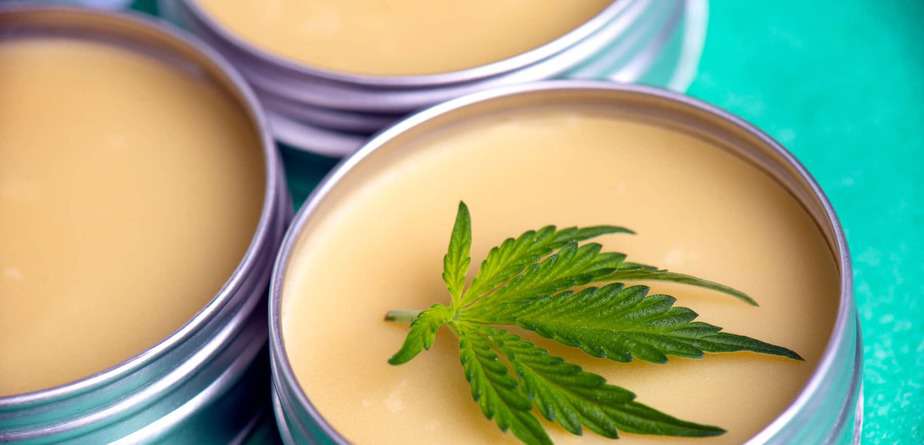
Topicals include any type of lotion or cream. Topicals are meant to diffuse into the skin and reach local CBD receptors. They’re great for using on sore muscles or joints to reduce inflammation. They are often blended with other ingredients depending on their use, including menthol for cooling and aloe vera for a soothing feel.
Transdermal patches and creams are a popular way to administer CBD into the bloodstream without having to take multiple doses while creating a long-lasting experience. They are formulated with specific ingredients, such as oleic acid, that help deliver CBD through the skin and into the bloodstream.
Transdermal products are often used to provide CBD in a form that can be taken anywhere at any time with as little hassle as possible, such as during travel. Some patches can even be left on for multiple days.
Because topicals and transdermals are formulated with other natural and chemical ingredients, it’s important that you read all the details before purchasing a product to make sure it won’t irritate your skin or produce an allergic reaction.
Types of CBD Oil Extracts
How CBD will make you feel depends on not just the delivery method, but also largely on the type of CBD extract you purchase. There are three main types of extracts:
- Full-spectrum
- Broad-spectrum
- CBD isolate
Full-spectrum products contain the entire extract of the plant they were derived from. If you are purchasing a full-spectrum CBD product it may contain other phytochemicals, terpenes, and cannabinoids, including THC. If the full-spectrum product is derived from hemp, it may contain up to 0.3% THC.
A broad-spectrum CBD product is similar to a full-spectrum product because they both contain the entire plant extract, except that broad-spectrum products remove the presence of THC entirely. The “entourage effect,” a term coined to describe the heightened benefits provided by using a whole-plant extract, can be experienced by choosing either of these options.
CBD isolate products are the most refined because they contain only the CBD compound and no other phytochemicals. You may not experience the entourage effect but you can guarantee that there are no legal repercussions to using this. When selecting a CBD isolate product, note that it may be more expensive than full-spectrum or broad-spectrum due to the added steps in the extraction process.
Final Thoughts
CBD has become a great non-toxic alternative option for those seeking relief of anxiety, pain, stress, and sleep issues. While CBD is not a cure-all, it can provide significant benefits to your health if taken properly.
This may mean that you need to experiment with different delivery methods, dosages, concentrations, and extract types before you find the right fit. Or you may recognize that CBD isn’t your cup of tea. Either way, we can only tell you so much about what CBD feels like, and then you can decide whether and how to try it for yourself.
